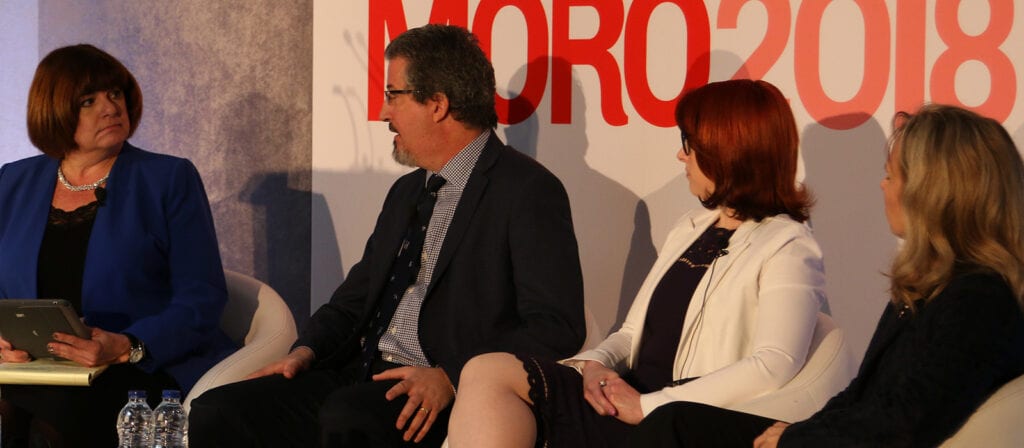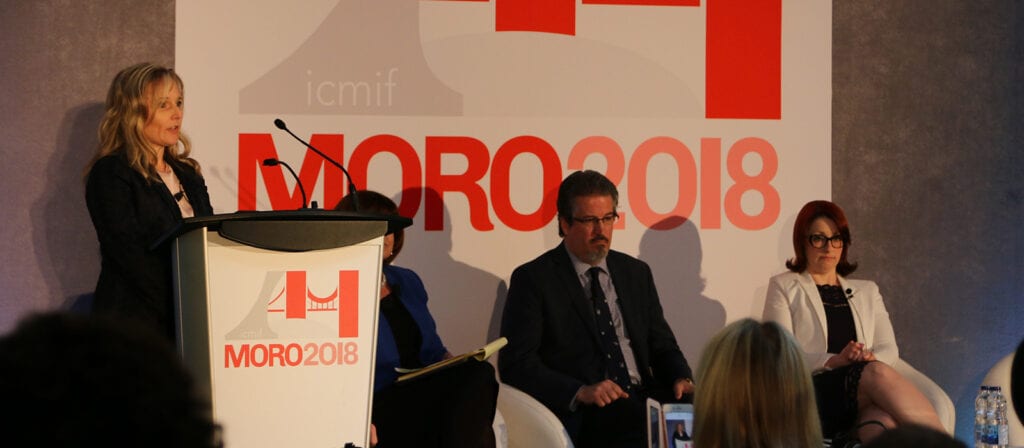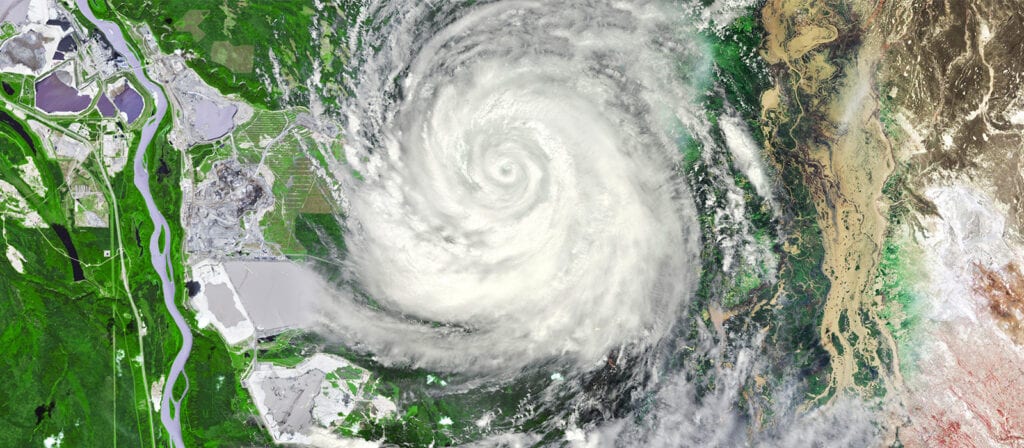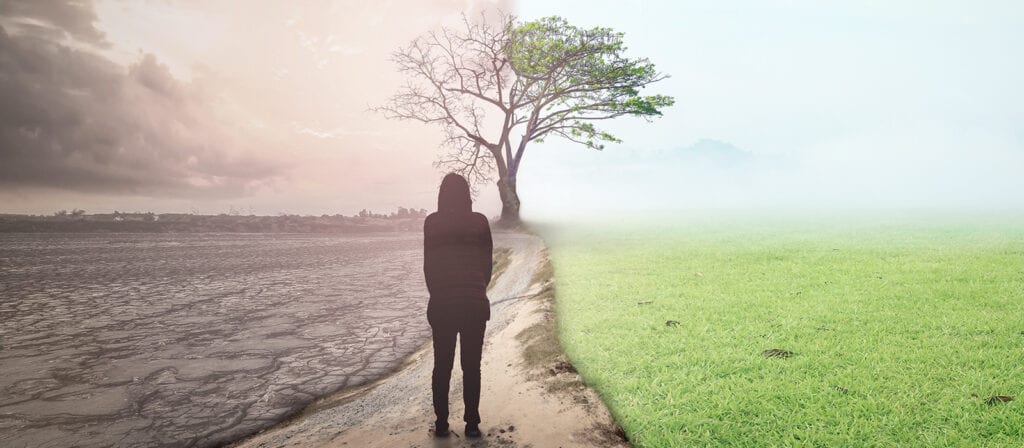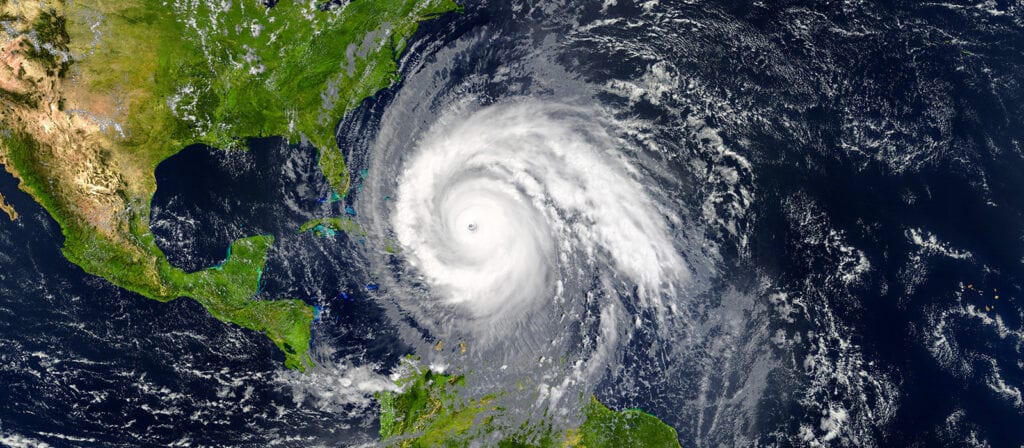According to Munich Re data, between 1980 and 2017 the growth in insured losses was driven by storms, wind, and water. The insurance coverage gap (protection gap) is a main driver i.e. the large gap between those insured and the non-insured.
Canada is rated as very low risk for disasters by the UN, but things are changing. Over the last decade there have been some big losses. Data is improving in terms of CAT losses, and natural catastrophe events are becoming more regular, especially major floods in large cities – an increasingly expensive problem.
Between 2009 and 2017, Canada saw losses totalling CAD 15.4 billion and this is a huge number considering the size of the insurance market. The number one driver of losses in Canada and the rest of the world is that more people are living in properties which are at risk. Canada’s ageing infrastructure and climate change are the other two main drivers of these losses.
There is no doubt that the climate is changing. Deniers are saying there is no relationship between carbon and temperature – but, this is untrue. By burning carbon, we are changing the chemical composition of the atmosphere and pulling up more water vapour into the air. There is now 30% more water vapour in the atmosphere than there was 10 years ago.
Risk transfer and loss prevention are two important mitigators. In terms of loss prevention, robust building codes are key, as is carefully considering where we build. Increasing public awareness about these issues and the prevention strategies is very important. The ICLR has a five-year plan which promotes best practice to educate homeowners; the building code in Canada; managing the risk of wildfires; increasing flood prevention efforts; and expanding more private insurance.
In May 2016, things changed in Canada after the Fort McMurray/Horse River Wildfire destroyed 2,400 homes. This was the largest insured loss in Canadian history. After analysing how the fire spread, the Institute concluded that the embers were blown ahead of the fire and then ignited a bush, a deck and then ultimately the home. Some homes survived. Certain shrubs and trees can easily ignite but not green grass. Homeowners need to create a defensible space around their properties.
Earthquakes also concern Canadian reinsurers. Many parts of the country sit on the same system of plates as California and Chile, which makes those areas at risk. The Canadian infrastructure is old, so the risk is increased.
Wind is the second biggest cause of damage in Canada. In the Institute, wind-tunnels are used in the lab to learn about how homes become vulnerable. Flat roofs are the most vulnerable, and Institute staff are able to learn a lot from examining the wreckage of tornadoes to learn about the impact and how to mitigate future risks. Even just a few nails missing from a roof can result in a home being wrecked, and therefore education continues to be a large part of the Institute’s remit.
